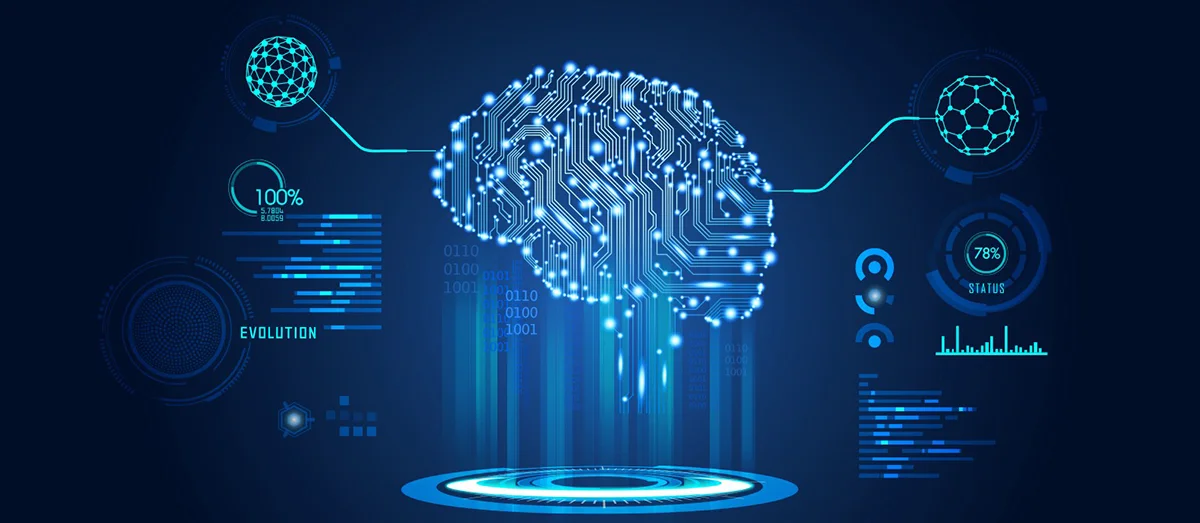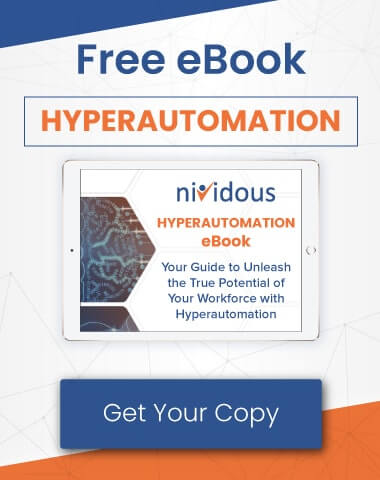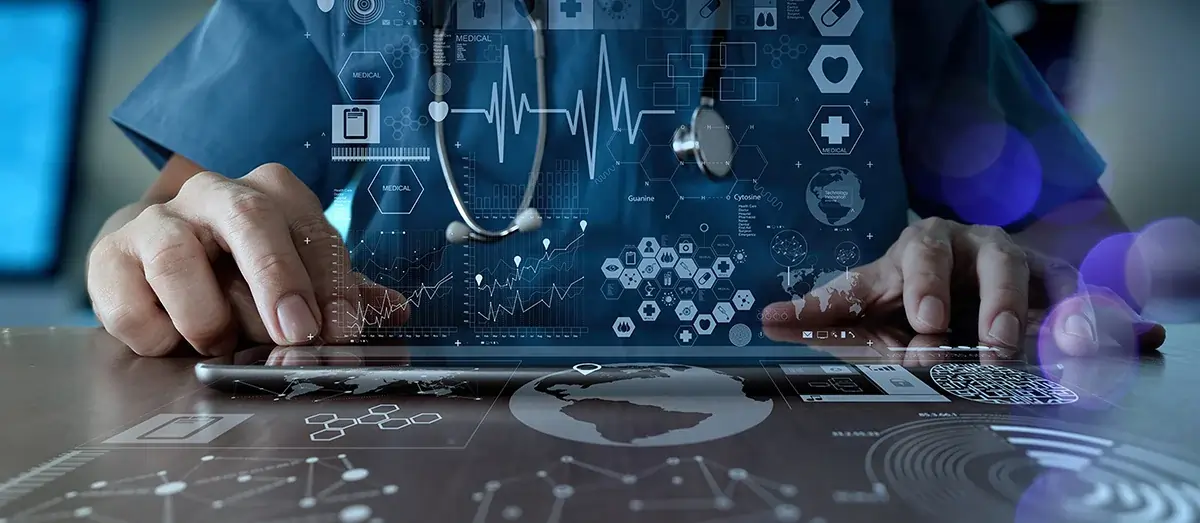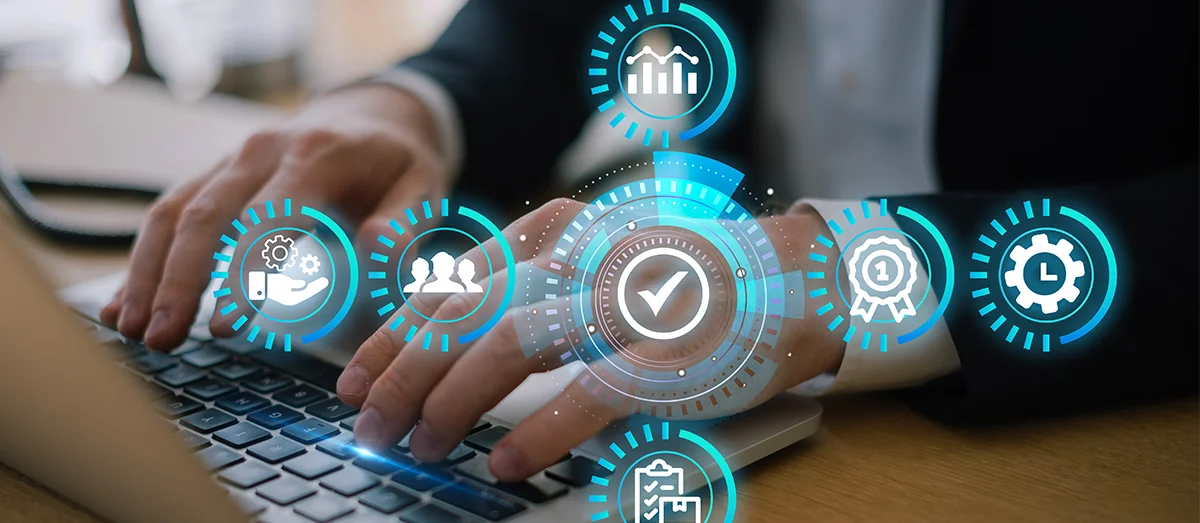It is time to leapfrog forward on digital or be left behind forever. More and more business leaders are acknowledging this fact and as a result, we are seeing rapid adoption of smart automation technologies, including Robotic Process Automation (RPA) and Artificial Intelligence (AI).
The proven benefits of these technologies and their ability to drive real digital transformation have encouraged businesses to test the waters, and many of them have seen early success. In fact, RPA is a tool that can deliver RoI in just a few weeks or months instead of years as compared to other traditional solutions. But those who have seen early success have also encountered a few limitations.
One of the limitations is an inability to achieve sustained long-term value with the RPA-only automation approach.
RPA is a great tool to automate mundane, rules-based tasks but cannot deliver long-term value if used as a standalone technology. This limitation has compelled organizations to shift gears from RPA to Hyperautomation. Industries ranging from financial services to logistics are increasingly relying on Hyperautomation technologies to be able to automate more and achieve a long-term sustained value.
Hyperautomation, a more disciplined approach towards business results, enables you to combine a set of complementary technologies to automate more processes end-to-end.
The Hyperautomation approach allows you to expand automation beyond RPA-eligible processes by using complementary technologies such as AI, Business Process Management (BPM), process mining, and many more tools.
With Hyperautomation, you can automate more and more tasks within an end-to-end process, achieving even more value that has a lasting impact on the overall business.
In this blog, we will look at some of the predictions and findings revealed by Gartner, a leading research and advisory firm, in its report, ‘Predicts 2021: Accelerate Results Beyond RPA to Hyperautomation’.
These findings, we believe, will help you to take the right approach so that you succeed in your automation goals.
Some of the key findings by Gartner:
- “Hyperautomation is rapidly shifting from an option to a condition of survival. Robotic process automation (RPA), low-code, artificial intelligence (AI) and many other hyper automation technologies have proved to be must-have ingredients for architecting and addressing critical business demands.”
- “Despite the crisis, investments in hyperautomation technologies (i.e., RPA, low-code tools and AI) have continued unabated. In September 2020, we conducted a poll of business and IT stakeholders, which showed that 75% of respondents would continue or start new AI investments in the next six to nine months.”
Hyperautomation is here to stay. Gartner predicts,
- “Several areas of hyperautomation will far eclipse RPA in growth, speed, investment and most importantly business results. Task-based RPA alone is not a Gartner recommended approach for sustainable business value. In fact, clients that have not moved beyond a task-driven portfolio of automation initiatives have reported a plateau, decline or failure of business goals. Additionally, this number is increasing every quarter.”
- “The RPA software market continues to see growth (over 62% growth rate in 2019). However, it is rarely purchased these days without additional spending on complementary technologies (i.e., ingestion engines, intelligent document processing, analytics, UX/CX, conversational platforms, etc.).”
- “By 2023, machines and computers will be able to perform 25% more types of tasks independently, when compared to today.”
- “By 2024, organizations will lower operational costs by 30% by combining hyperautomation technologies with redesigned operational processes.”
- “By 2024, 30% of all new factories and farms will be fully automated.”
- “By 2025, customers will be the first humans to touch more than 20% of all products and produce.”
- “By 2025, 70% of new custom applications written by enterprises will use low-code or no-code technologies.” Gartner further states, “These low-code and no-code technologies are under the umbrella of hyperautomation.”
- “Gartner sees acceleration in the use of hyperautomation technologies. In September 2020, we conducted a poll of business and IT stakeholders that showed investment in AI has continued unabated, despite the crisis. Seventy-five percent of respondents said they would continue or start new AI investments in the next six to nine months, and 66% said they would increase or not change AI investment strategies in place at the start of the crisis.”
You can access more predictions and recommendations in this on-demand webinar titled ‘The Gartner 2021 Predictions: Accelerate Results Beyond RPA to Hyperautomation’.
*Gartner Predicts 2021: Accelerate Results Beyond RPA to Hyperautomation, Stephanie Stoudt-Hansen, Frances Karamouzis, Melanie Alexander, Laurie Shotton, Nicole Sturgill, Rajesh Kandaswamy, 4 December 2020.
Developing a “product management mindset” and investing in hyperautomation initiatives and technologies are some of the key recommendations by Gartner to adapt to the future of work.
If you want to learn more about Hyperautomation and how Nividous can help your organization achieve more value with it, email us at [email protected] or request a demo to see Nividous Bots live in action performing a range of smart automation.
Gartner definition of RPA and Hyperautomation
Gartner definition of Robotic Process Automation:
“Robotic process automation (RPA) is a productivity tool (sold as licensed software) that allows a user to configure one or more bots (which act as scripts to activate specific keystrokes). These bots overlay on one or more software applications. The result is that the bots can mimic or emulate selected tasks within an overall business or IT process. These may include manipulating data, passing data to/from different applications, triggering responses or executing a transaction.”
Gartner definition of Hyperautomation:
“Business-driven hyperautomation is a disciplined approach that organizations use to rapidly identify, vet and automate as many business and IT processes as possible. Hyperautomation involves the orchestrated use of multiple technologies, tools or platforms. Examples of these include AI, machine learning, event-driven software architecture, robotic process automation (RPA), BPM/iBPMS, integration platform as a service (iPaaS), low-code or no-code tools, packaged software and other types of decision, process and task automation tools.”




![The Path Forward for Intelligent Automation [2024 Trends] Blog Feature](https://nividous.com/wp-content/uploads/2024/05/The-Path-Forward-for-Intelligent-Automation-blog-feature-1.webp)
